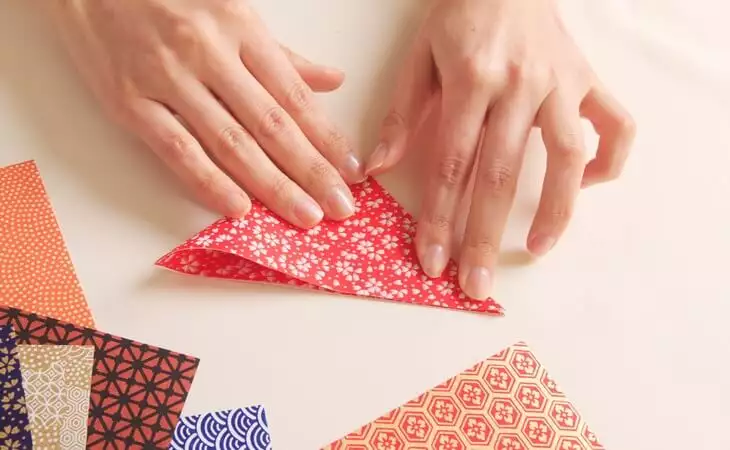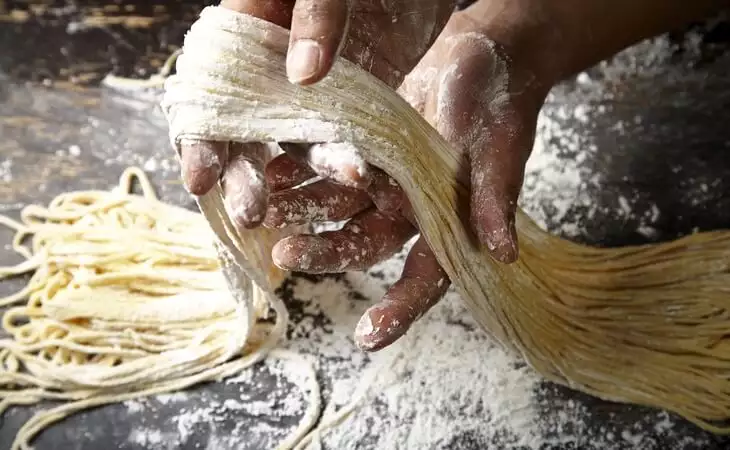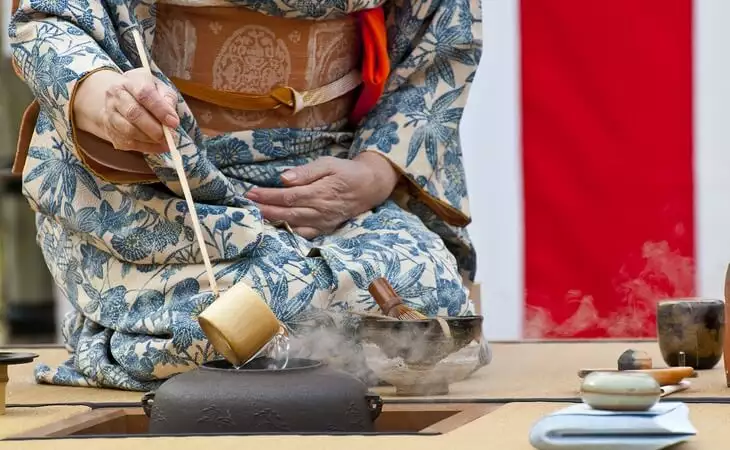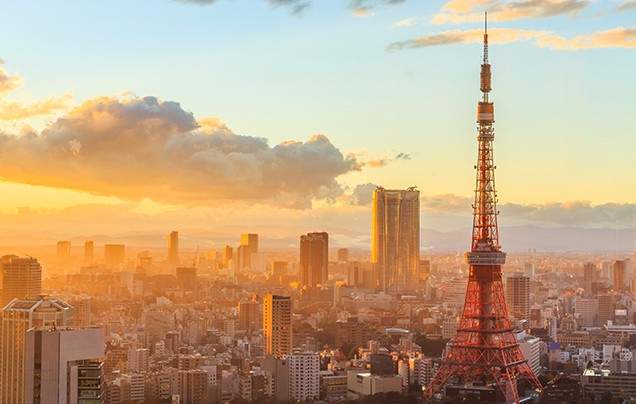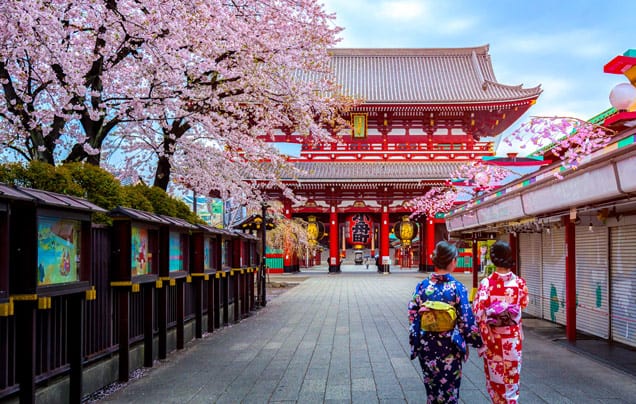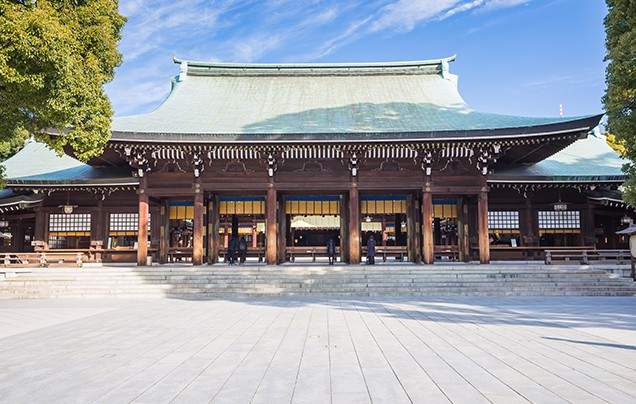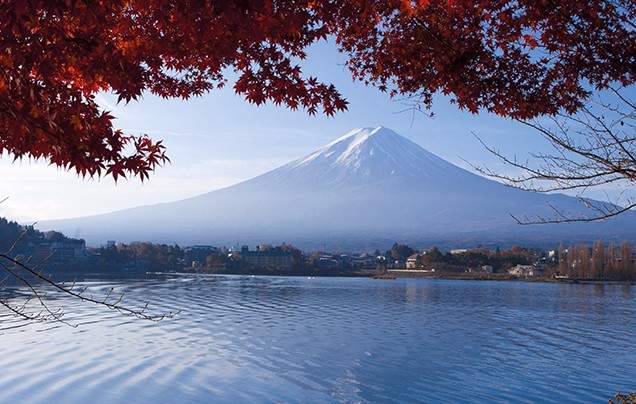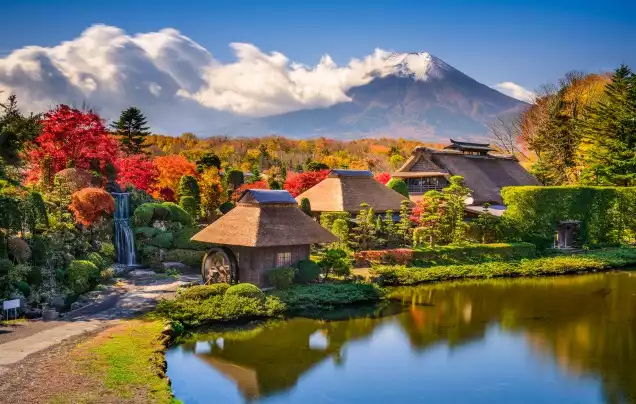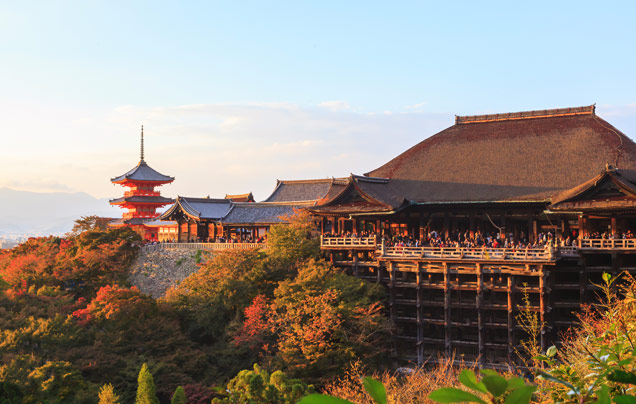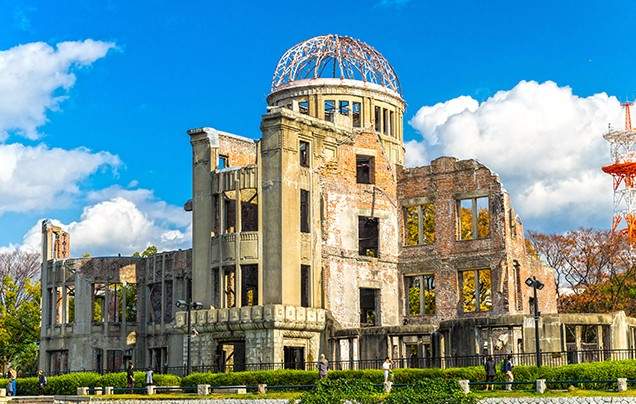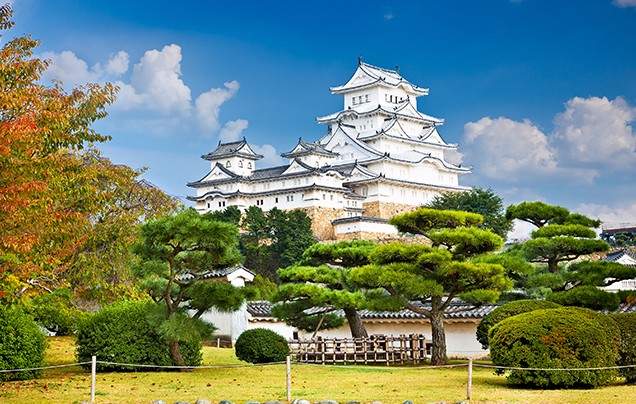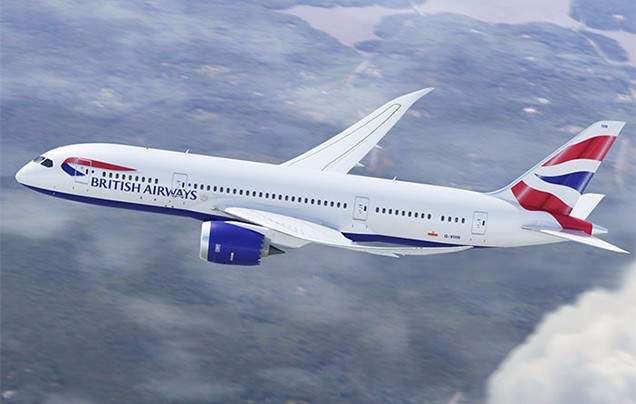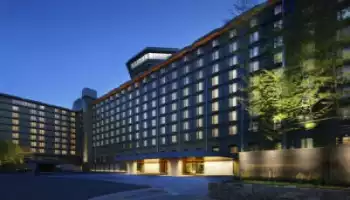Save up to £1,045pp Offer ends: 24 Dec 2025 View Offers
Be captivated by the unique culture of Japan as you discover lively Tokyo, beautiful Mt Fuji and historic Kyoto. A visit to Hiroshima's Peace Memorial and the holy island of Miyajima complete this fascinating tour.
Our Jewels of Japan tour will see you exploring the most iconic sites, delving into deep-rooted culture and dining on delicious cuisine. We pack all of tours to Japan with incredible things to do - here are just a few of the highlights
Witness the fusion of past and present on a city tour in Japan's capital
Ascend Japan's iconic and inspirational tallest mountain
Discover the stunning white facade of the feudal Himeji Castle
Explore this quintessential Japanese city known as the 'thousand-year capital'
Our Jewels of Japan Tour has been thoughtfully designed and thoroughly researched to bring you a range of once-in-a-lifetime experiences, many of which are entirely exclusive to us.
Take part in a handicraft experience - the traditions and techniques of the intricate art of origami. You'll learn to fold some of the simpler, but still impressive, shapes and designs.
The buckwheat soba noodle is one of Japan's most famous culinary exports - try your hand at making them from scratch, before feasting on the delicious results for lunch.
Experience the perfect display of Japanese culture as you witness the preparation and performance involved in the 'Way of Tea', a traditional tea ceremony.
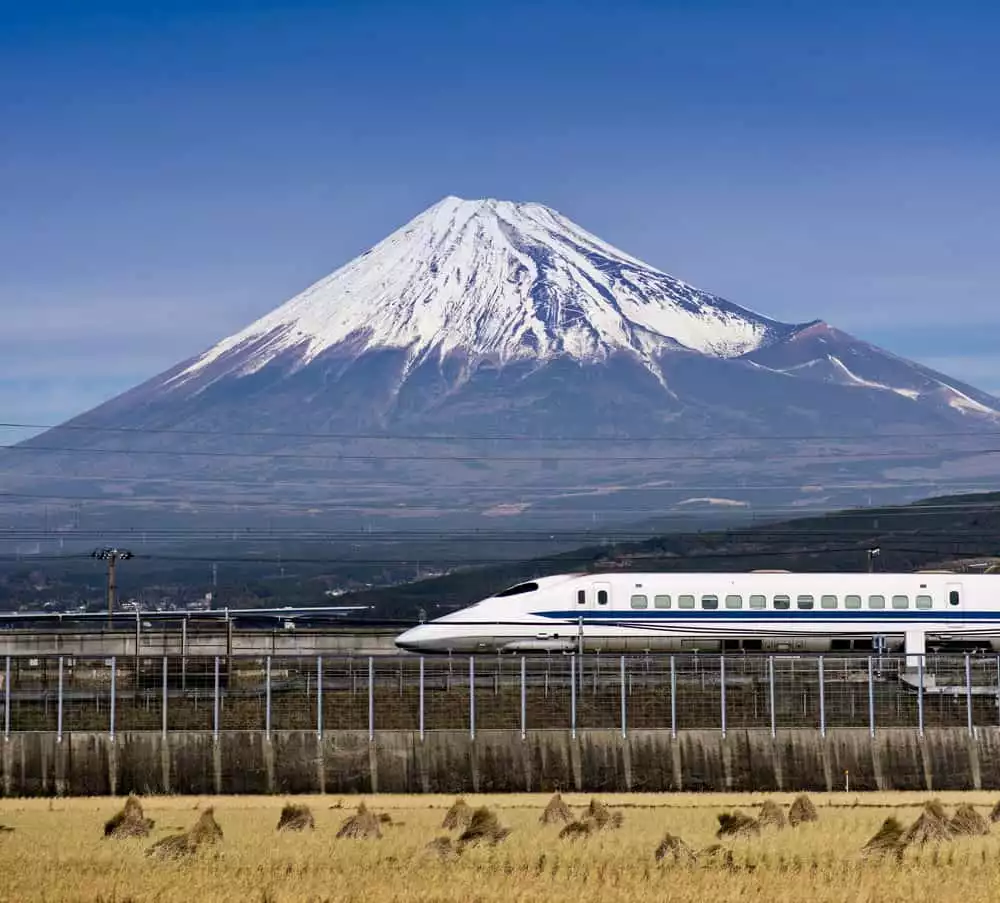
It may come as a surprise, but trains can run on time! One of Japan’s modern wonders is its extensive rail network – safe, comfortable, efficient, punctual, and fast, it is world-renowned for all the right reasons, and a travel experience that should be on every bucketlist.
Bullet trains, known locally as shinkansen, travel up to 320 kilometres an hour and connect almost every major city on Japan’s main islands. The rest of the network is covered by Limited Express, Express, Rapid and Local trains, each characterised by their speed and number of stops they make.
One of the many joys of Japan’s railway is that they are used by everyone, from students to suited professionals, so there’s always an interesting cross-section of society sitting around you – what better people watching and window into daily life in Japan?
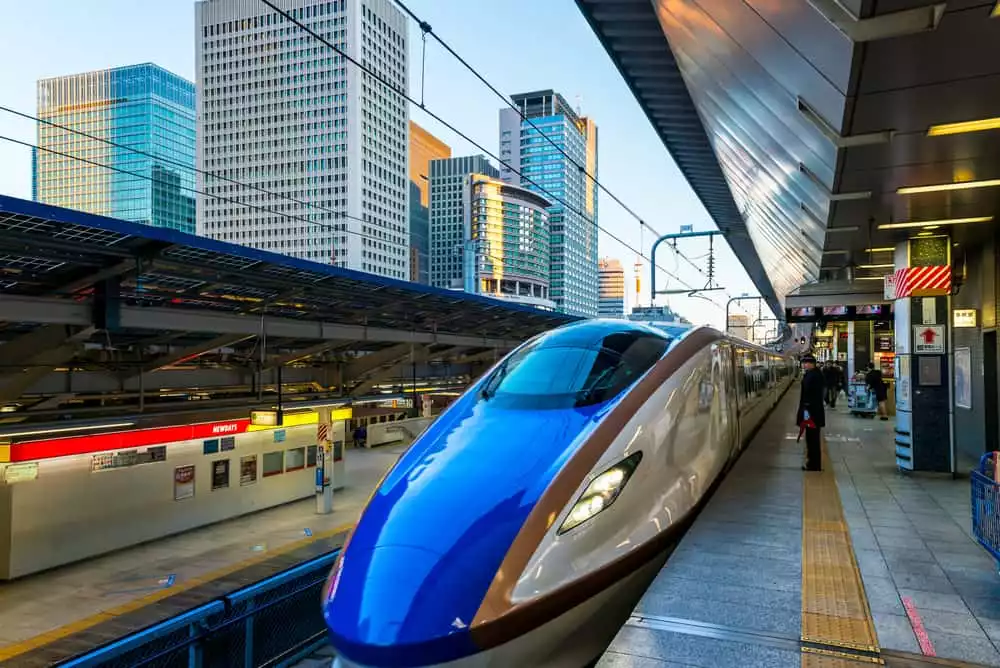
Japan’s high-speed bullet trains, operated by JR Group, shinkansen travel at speeds of 320 kilometres an hour between Japan’s major cities and makes very few stops en route. This type of train runs on separate tracks and has separate platforms to the other types of trains as they use a standard track gauge.
Once onboard, you would be forgiven for thinking you just got onto a plane from the layout. Seats are generally in rows of 3+2 across carriage and are all forward facing (they can be flipped), spacious and comfortable, and on most services there is free wi-fi available for passengers.
Settling in, you’ll notice the carriages have an almost Zen-like feel, the atmosphere peaceful and calm and your surroundings spotlessly clean. This may come from the train etiquette that is followed by the majority of passengers, like speaking quietly, not taking up excess space, not putting feet on seats or leaving rubbish and orderly boarding. You’ll even notice that the ticket inspector bows to passengers as he enters the carriage to check your tickets!
As shinkansen are long distance trains, you are able to eat in your seat as you travel - most people grab something at the station before they board (we’ll discuss ekiben later!) or some services may have a food and drink service onboard.
We use shinkansen trains on several of our Japan tours, including Japan by Rail tour.
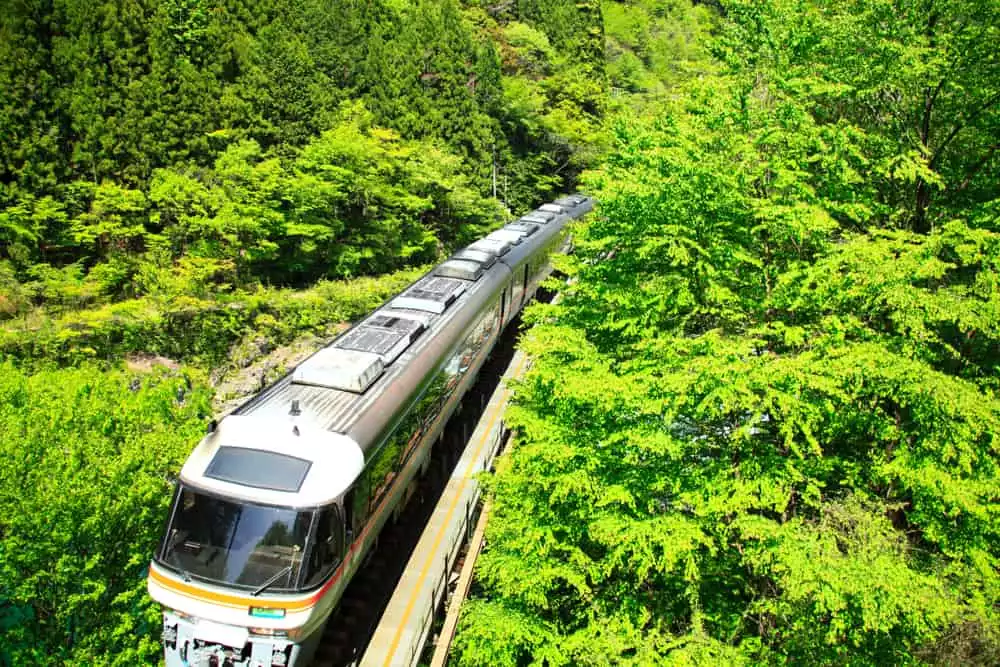
As the name suggests, these trains travel fast (second to the Shinkansen, of course) and still only make a limited number of stops, though they serve more stations than the Shinkansen would. There are two different types of Limited Express, intercity and commuter.
The intercity run with longer distance with better equipped, more comfortable carriages and have reserved seating and in some cases, a dining car selling food and drink. Big panoramic windows allow you to enjoy the scenery that you are passing through – with the lovely squishy seats and plenty of legroom, you can sit back, relax and savour the journey. We use Limited Express services on our Japan by Rail tour.
Commuter trains tend to be better for shorter journeys, with first-come, first-served seating and carriages that are designed to fit more people in them.
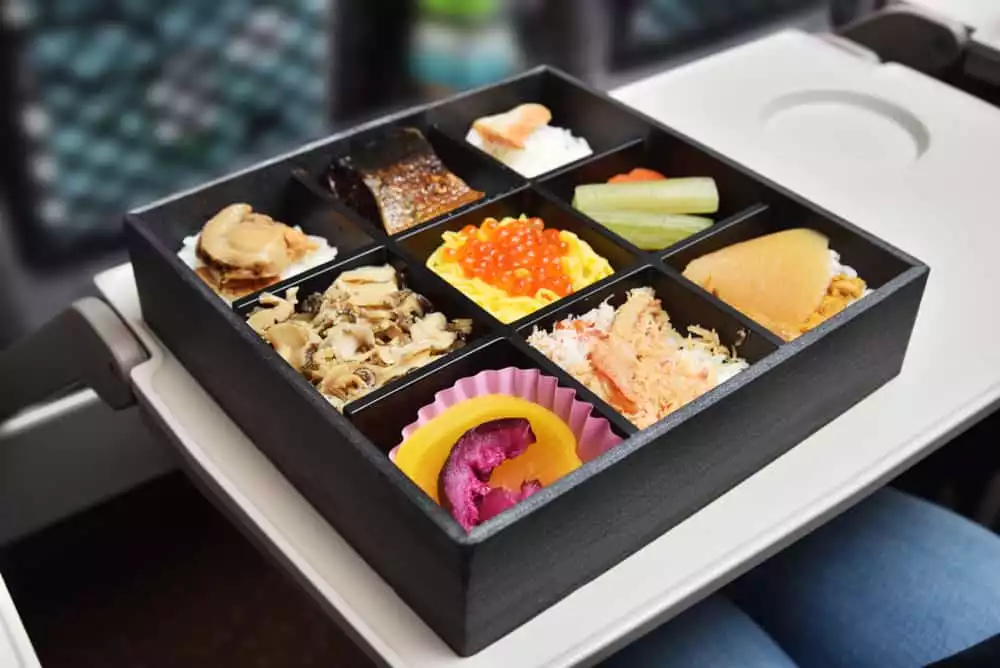
Home to most of the top 50 busiest train stations in the world, trains are Japan’s most utilised public transport and, as we’ve said above, incredibly reliable, efficient, and punctual. Arriving at a station, especially at rush hour, you might feel like you’ve walked into chaos, but if you observe for a minute, you’ll notice that everything is working like clockwork.
Beyond their busyness, Japanese train stations take things to the next level – you may notice blue lighting and musical melodies that notify of train departures, designed to keep passengers calm in the bustling environment, how spacious and clean there are and how intuitive they are to navigate. Another thing to look out for is the architecture of the stations themselves. Those in big cities are attractions in their own right, some historical, from the early 20th century and others modern, but inspired by local culture.
The final thing to mention about the train stations is the ekiben. A portmanteau of eki (train station) and ben (bento), ekiben are a Japanese train travel institution and the world’s best, most delicious lunch boxes! Usually containing something like sushi or rice, vegetables, pickles and a protein, there are hundreds of different types available at train stations for passengers to grab for their longer journeys, you’ll easily spot their decorative boxes – there are even regional variations using popular local produce! While traditionally served cold, some ekiben come in self-heating boxes that will warm up your food before you eat it. Following train etiquette, eating is acceptable on long distance trains as long as you tidy up after yourself.
Ideal for those with a short amount of time in Japan looking to see the most famous cities and scenic spots in the country. This tour is suited for those who are interested in the train system in Japan, as this tour incorporates train travel throughout.
Fly overnight to the dazzling metropolis of Tokyo, Japan's capital city. Depending on your time of arrival, the rest of the day is yours to start soaking up the local culture.
Begin today with a stroll through the Imperial Palace East Garden and then take time to explore the Tokyo National Museum to learn about Tokyo's historical heritage. After lunch, seek out the tranquillity at Sensoji Temple in Asakusa district, followed by a visit to the observation deck of the 634-metre Skytree for panoramic views over the sprawling city below.
Start the day with a relaxing wander around the classical landscapes of the Hamarikyu Gardens. Continue to the Meiji Shrine, a Shinto shrine dedicated to the deified spirits of Emperor Meiji and his wife, Empress Shoken, before passing by the famous Shibuya Crossing. Enjoy the afternoon at leisure to explore as you wish. End the day with a dinner cruise on Tokyo Bay and witness the city lit up at night.
Journey through the foothills of the iconic Mount Fuji to its base where we find the Fuji Five Lakes. Upon arrival, ascend 2,000 metres up to Mount Fuji's 5th Station (weather permitting) where, with its perfectly conical looming overhead, you can take in the breathtaking views over the landscapes below. After lunch, continue to Itchiku Kubota Art Museum to view the artist's elaborate dyed silk creations and spend some time strolling around the beautiful garden. Also explore Iyashi no Sato Historical Village, a former farming village on the shores of Lake Saiko.
Start the day with a visit to Oshino Hakkai before learning how to make your very own traditional Japanese soba noodles which you will then tuck into for lunch! Later, transfer to Mishima station and journey on the bullet train to Kyoto. An enchanting city, Kyoto was capital for 1,000 years; today it is the legacy of ancient Japan, full of tranquil temples and sublime gardens.
Enjoy a full day tour of Kyoto starting with a visit to one of Kyoto's delightful temples – the 17th-century Buddhist Kiyomizu. Immerse yourself in the culture by experiencing the sacred rituals of a tea ceremony and try your hand at origami. Dating back to the 6th-century, the art of 'folding paper' is a cultural symbol of simplicity, beauty and peace. Later, explore the impressive Fushimi Inari Shrine with its remarkable 10,000 red torii gates.
Begin the day with a visit to Ryoanji Temple, home to Japan's most famous zen garden and the famous Kinkakuji Temple, known as the 'Golden Pavilion'. Later, travel by bullet train to Hiroshima, a city that needs no introduction.
Hop on the ferry to the holy island of Miyajima and visit the Itsukushima Shrine. Enjoy some free time and take an optional ride on the cable car up Mount Misen to enjoy the panoramic views. Return to Hiroshima and take a moment to reflect at the Peace Memorial Park and Museum, paying homage to the victims of the 1945 atomic bomb and also visit the Orizuru Tower.
Travel to Himeji to visit its famous castle. The feudal era fort, one of the most impressive in Japan, towers over the city and is recognisable as the backdrop to several major films. Appreciate its turbulent past before strolling around Kokoen, the Edo-style gardens just across the castle moat. Later, transfer to Osaka for an overnight stay.
Fly to the UK, arriving home the same or following day.
Our tours feature hand-picked properties selected for their comfort, modern amenities and convenient location for sightseeing. We occasionally include a stay in a guesthouse or lodge where we feel the character of the property will enhance your tour, or to allow access to a more unique and memorable location. Here is a taster of the type of hotels you will be staying in on your tour.
While all our tours feature carefully selected hotels, our Upgraded Departures provide an extra level of comfort with deluxe range accommodation. Stay in relaxed 5-star city hotels, unique properties, and overnight cruises, each chosen to deliver an elevated experience. Below are examples of the upgraded accommodation you can expect on this itinerary.
The best time to visit Japan is during spring (March to May) when the cherry blossoms are bursting into life and autumn (September to November) when the scenery is ablaze with colour.
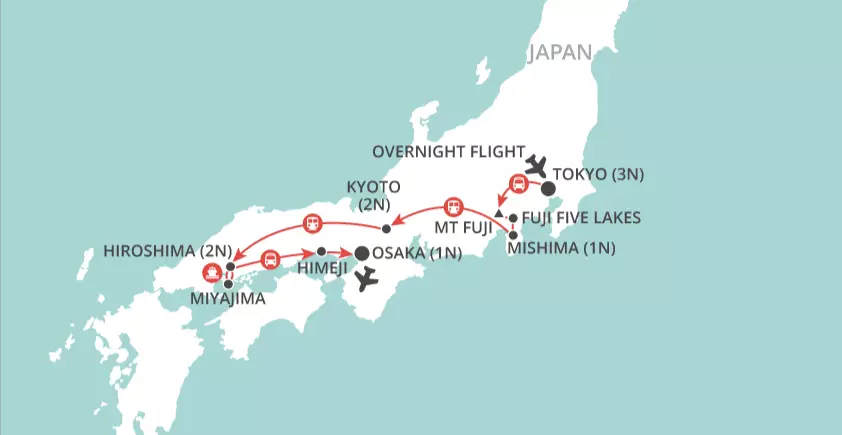
Places Visited: UK - Tokyo (3N) - Mt Fuji - Mishima (1N) - Kyoto (2N) - Hiroshima (2N) - Miyajima - Himeji - Osaka (1N) - UK
If your tour departs in less than 30 days, please call our travel experts to book. Read our Price Match Promise
Save up to £1,045pp
This offer IS combinable with your Wendy Wu Club Loyalty Discount
Fetching Price Information - please wait
Dedicated Solo departures are available on selected dates for this tour.
These solos-only departures feature smaller group sizes of up to 18, along with free airport lounge access.
There are no dedicated Solo departures for this year. You can enjoy any of our tours with no Single Supplement on our Happy to Share option or explore the solo departures in other years.
The same great Wendy Wu tour - just with an extra level of comfort. Enjoy relaxed 5-star city hotels, unique properties, and overnight cruises, each selected to deliver an elevated experience. See Upgraded Tour Hotels above for more details.
Extend your holiday or break up your journey with one of our extensions and stopovers. Choose from city breaks or some beach time, or spend more time in your chosen destination.
Read our latest articles or travel inspiration, exciting news about our destinations and all things Wendy Wu Tours
